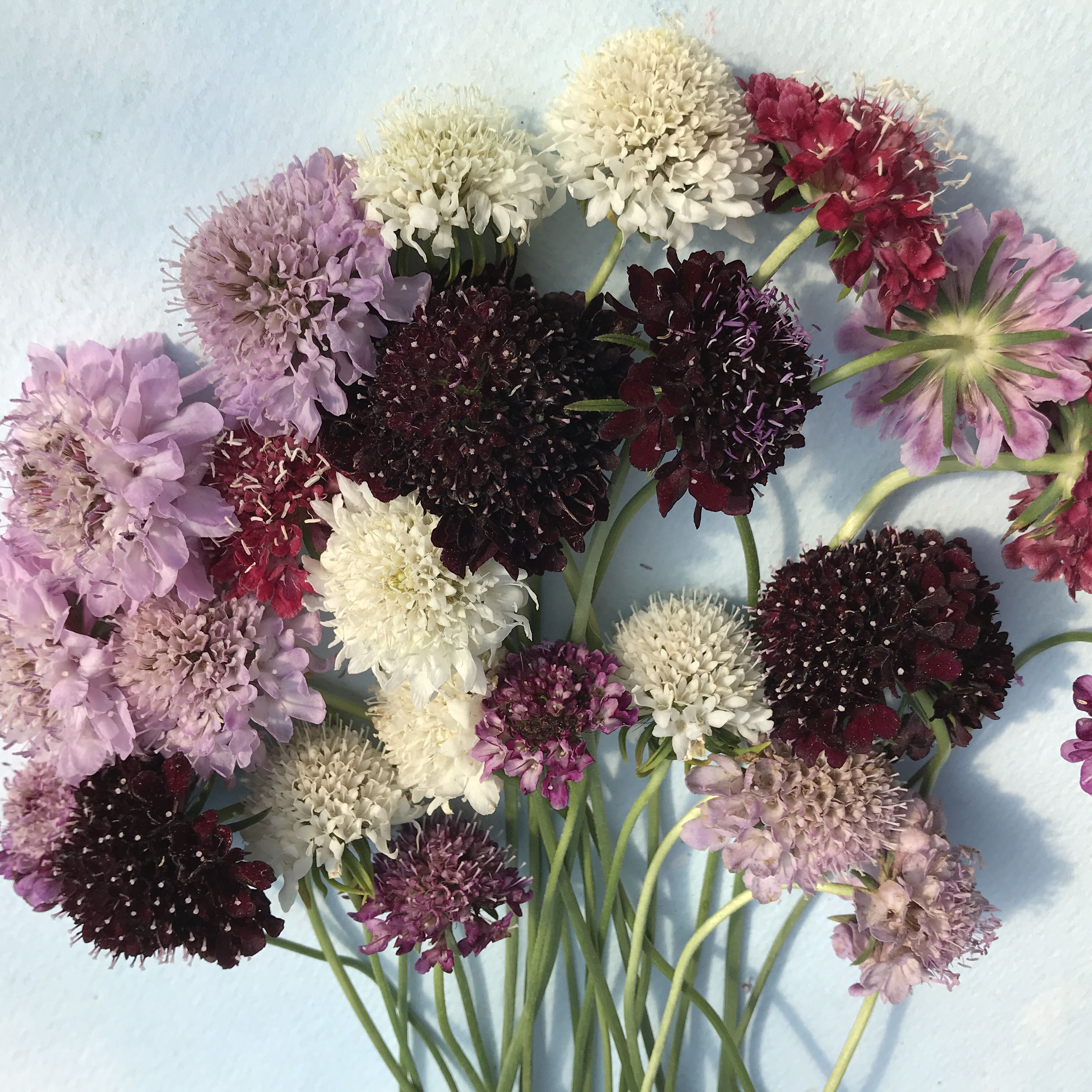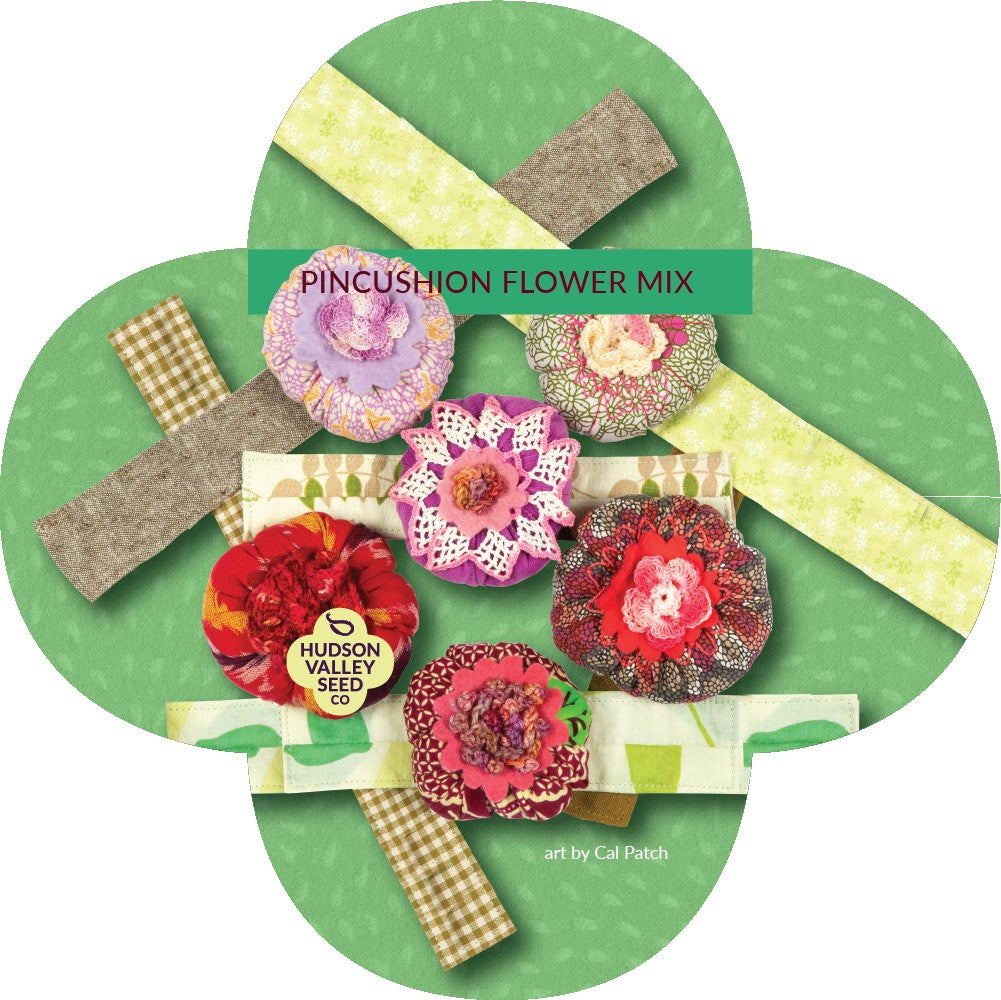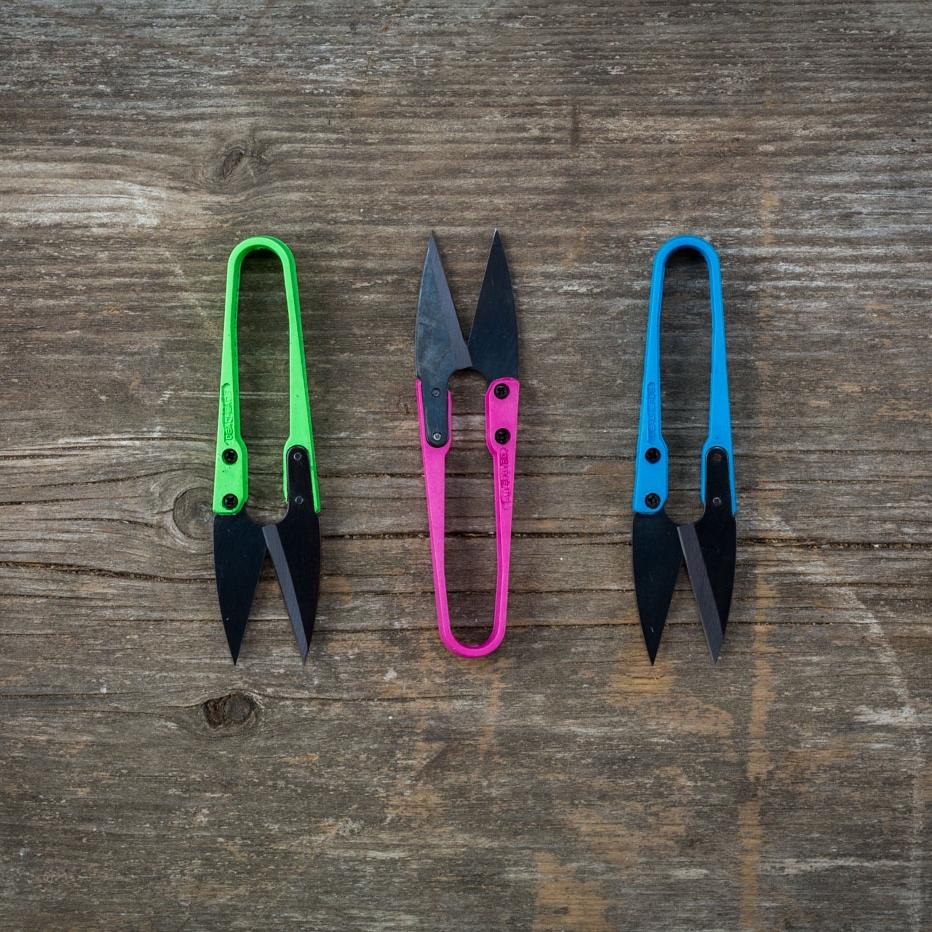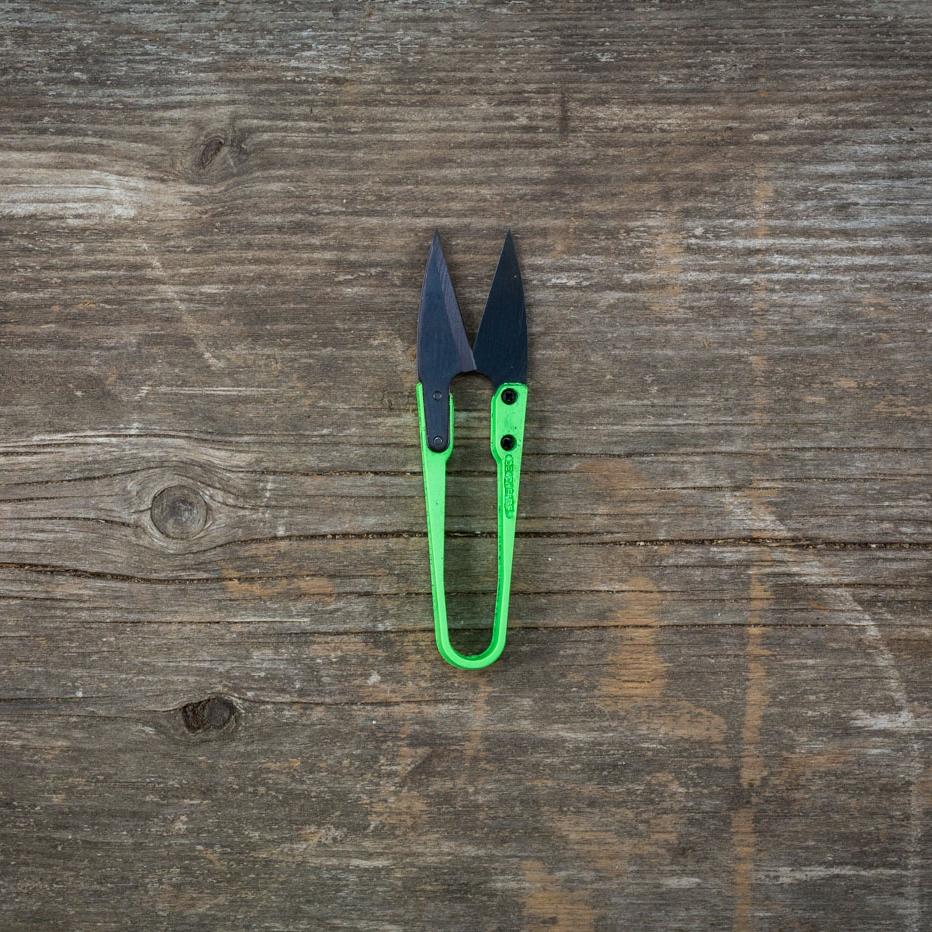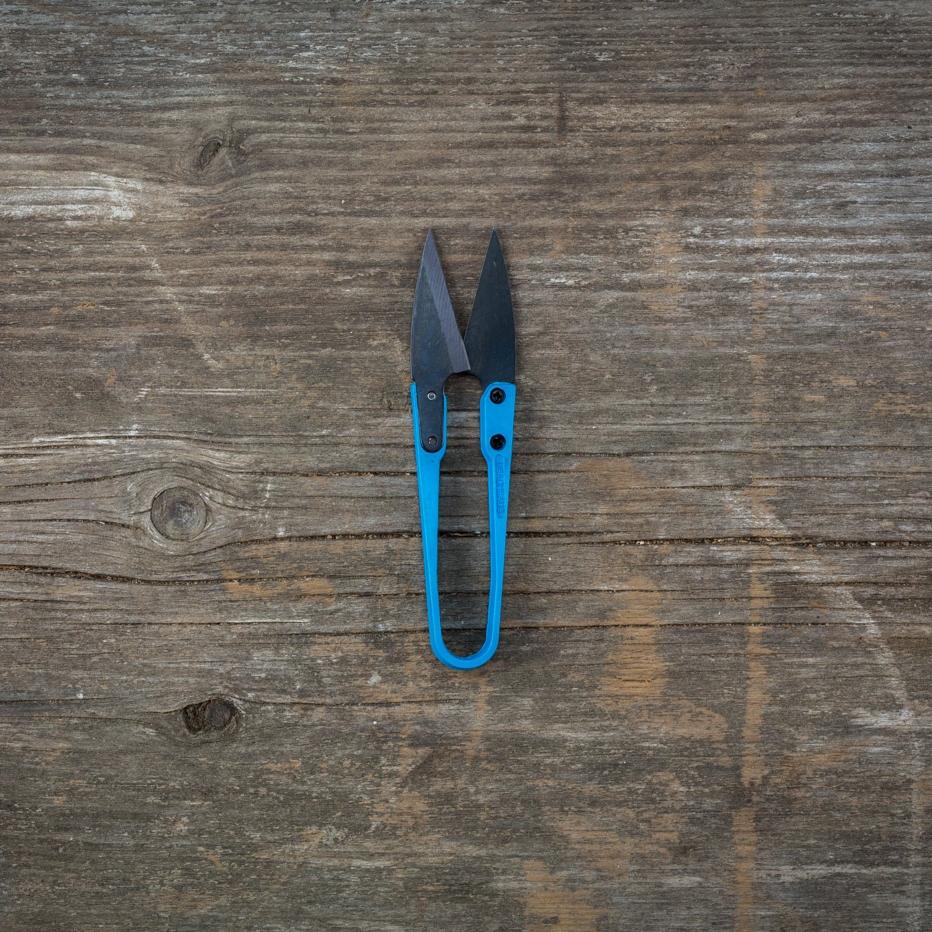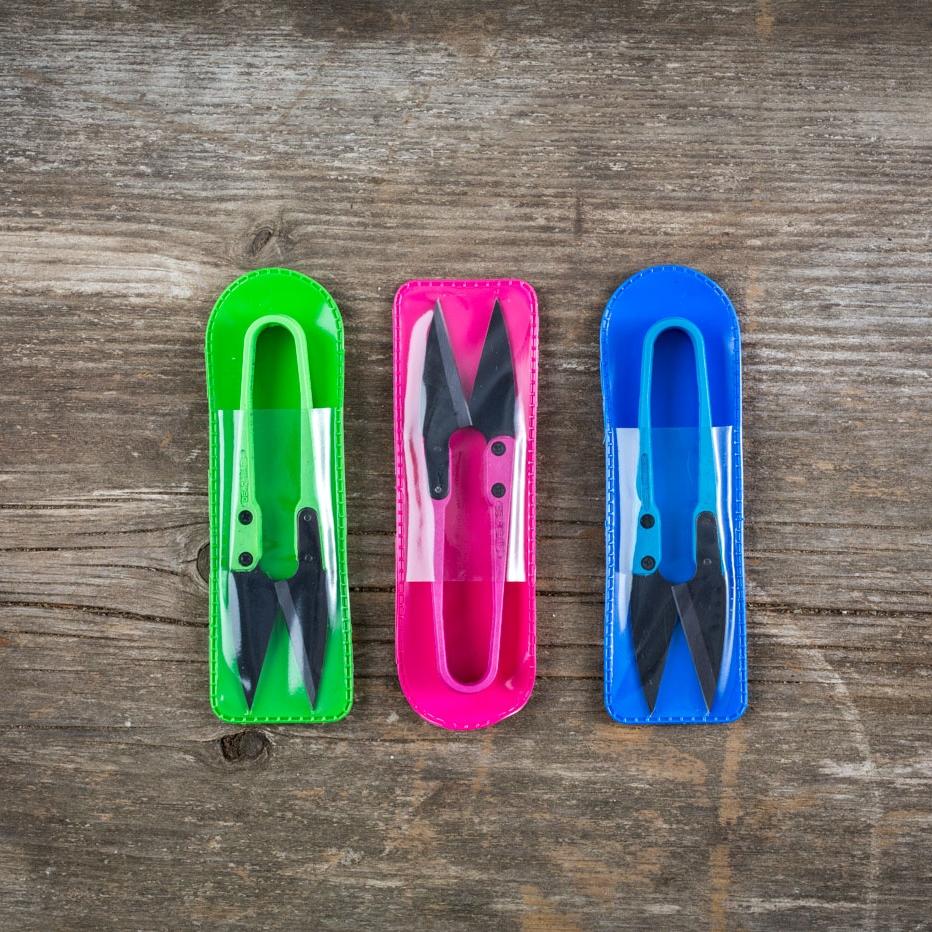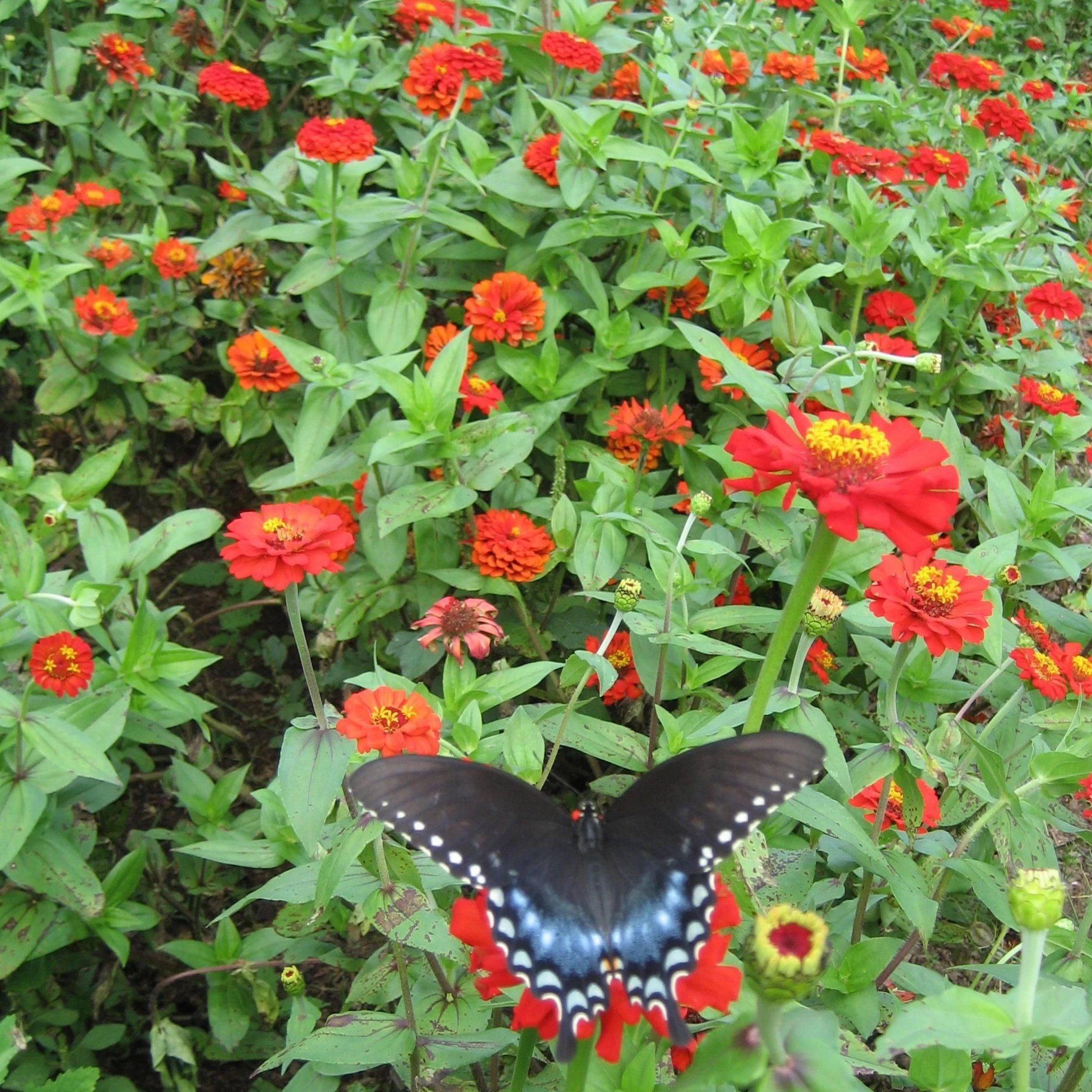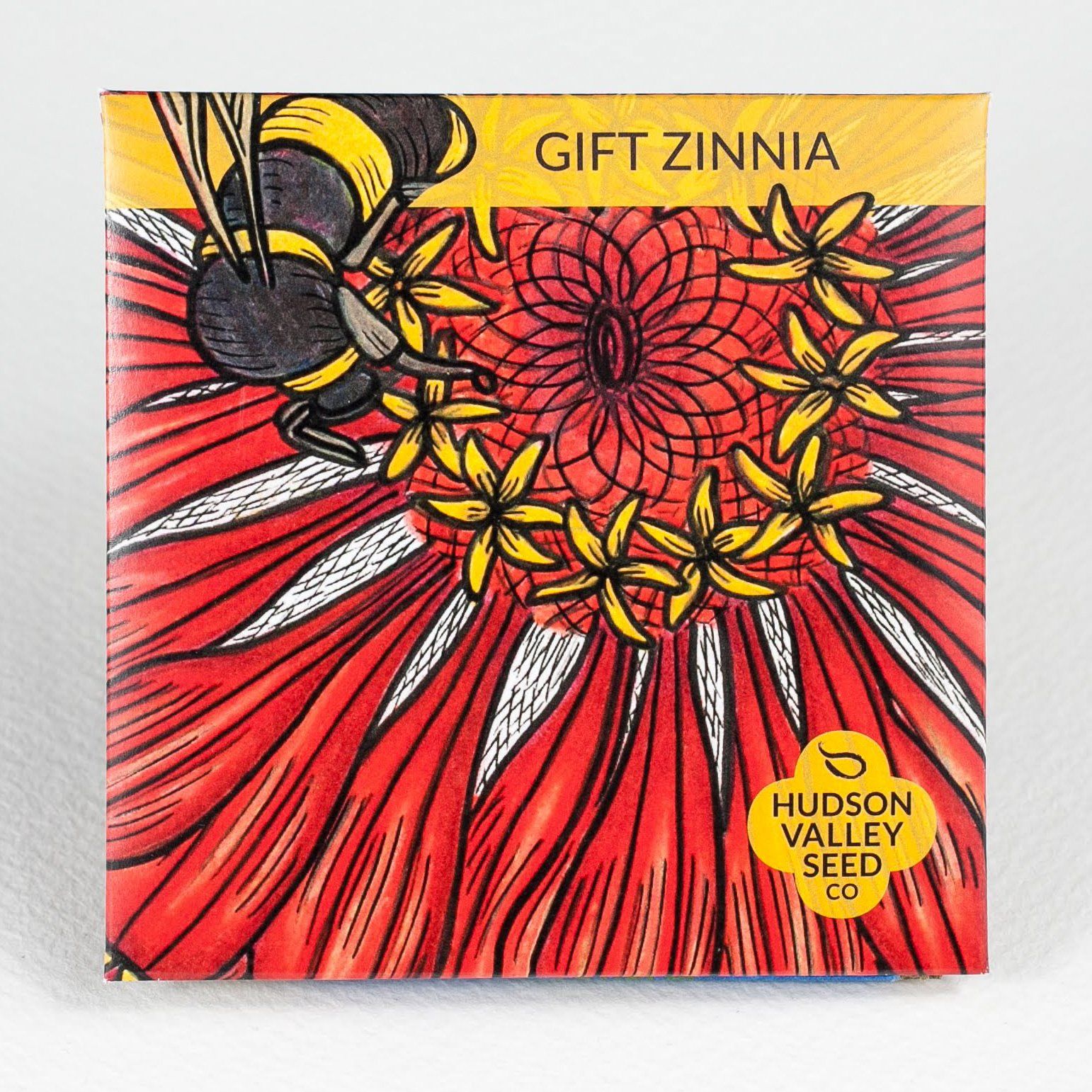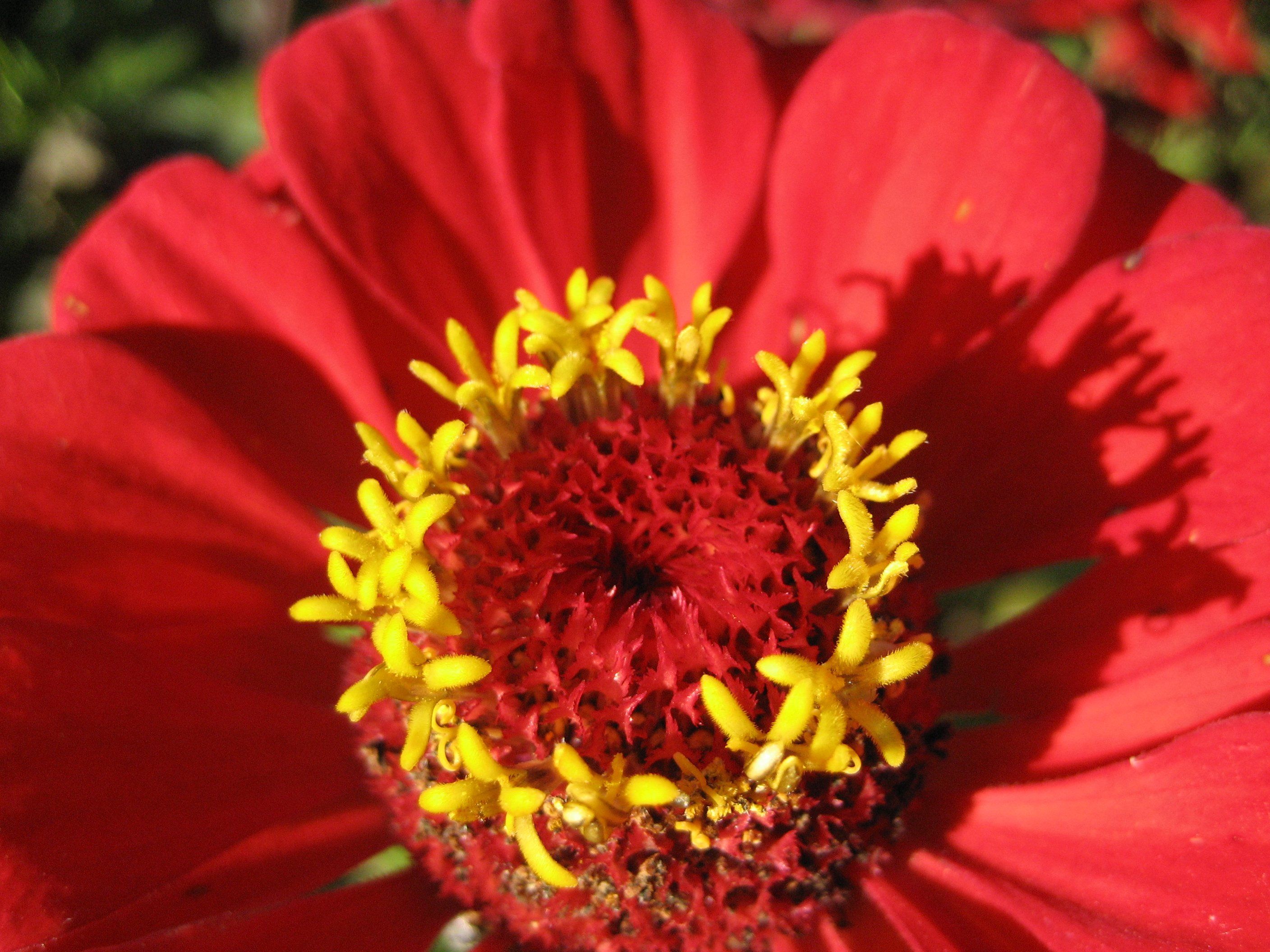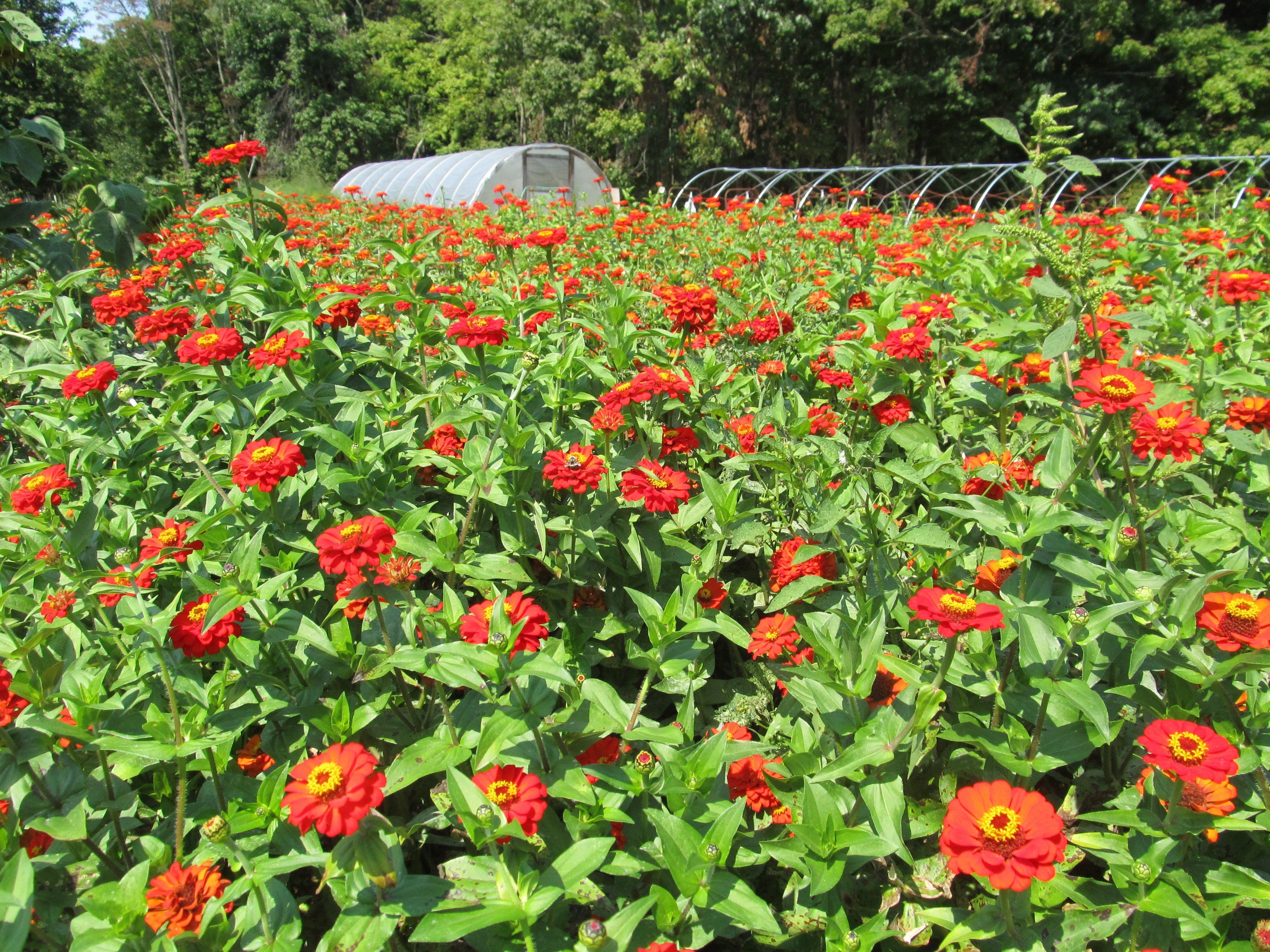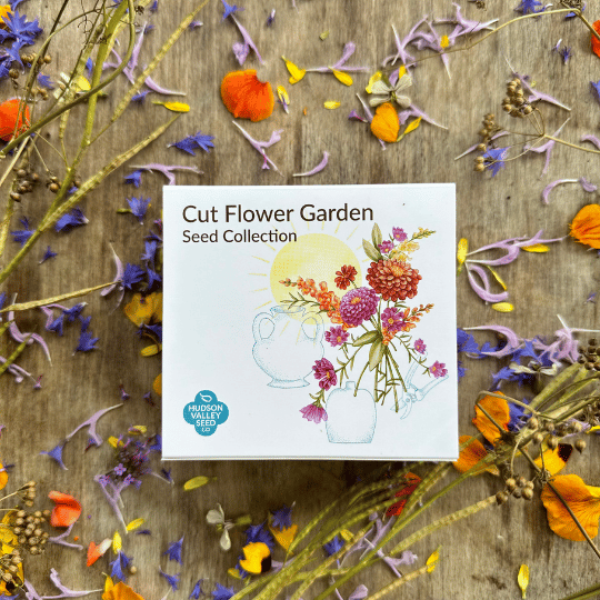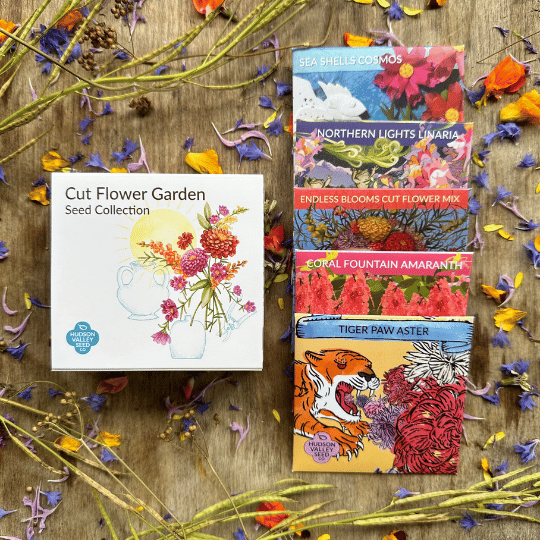
Flowers are the cushions of life, there to soothe us through the intense and upsetting moments that are part of the human experience. Pincushion Flower, also known as Scabiosa, speaks in a quiet but abundant way—its profuse compact blooms form a constellation above pretty leaves, and its naturally long stems make it great for cutting. This cool weather hardy annual has an interesting origin to its Latin genus: it was at one point used as an herbal remedy for scabies. At the end of its growing season, the tender petals fall away and a spiky seedhead forms, earning it its common name, Pincushion Flower.
We selected the robust color palette of this Scabiosa mix ourselves: a spectrum of rustic cremes, mauves, and maroons, with accents of vibrant red. When it came to designing the Art Pack, we couldn't resist playing around with the name of this darling flower, so we chose our local craft guru, Cal Patch, to be our artist. Cal, primarily a clothing maker, teaches classes on sewing, crocheting, embroidery, and more all over the Hudson Valley and beyond. She told us a bit about the charming pincushions she sewed for our new Pincushion Flower Mix pack.
Cal, you've been crafting since you were a child. What drives you to make your art?
I am just simply a maker through and through. I can't not make things. I don't always call what I make "art"; mostly I am a clothing designer, so I make beautiful things that are meant to be worn or used, like dresses, crocheted shawls, or pincushions.
These weren't the first pincushions you had sewn. Tell us about your pincushions and why you make them.

I make pincushions, usually my take on the traditional tomato pincushion, because I am always looking for ways to use the scraps leftover from dressmaking, both to minimize waste and to utilize as much as possible of all the lovely bits of cloth that would otherwise be thrown away. It feels good to turn them into something useful that can be used by other makers. I love the old folklore that putting a tomato on the mantel of a new house will bring good luck and prosperity to it, and so a red ball of cloth and sawdust would be used when tomatoes were not in season, or in other words, most of the time! And then that cloth ball became the place to keep your pins.
What are your favorite elements of this artwork?

For these particular pincushions, I used fabrics that evoked the colors and patterns of the tiny petals of the Pincushion Flower. Each one also incorporates a crocheted element for texture and contrast, some crocheted by my grandmother and some by me. The straps are used to secure them to the user's wrist; this is a popular style of pincushion because it means that your pins will always be at hand while you are sewing.
How do you see art and gardening as being related?
Art is expressing creative energy by making things. Gardening is bringing together the elements to let nature work its magic and create beautiful things. To me they are very closely linked, and gardening provides endless inspiration for making.
What do you hope this work of art says about this variety?
I hope that these little stitched bundles of cloth will playfully remind those who see them of the flower that is named after them! ■
We're grateful to Cal for bringing that sense of playfulness back into gardening. Growing can sometimes get bogged down in measurements, dates, and yields, and we hope that this year, when you plant a pack of Pincushion Flower Mix, you can enjoy crafting something fun, colorful, and comforting from the earth.
You can learn more about Cal, and sign up for her workshops, on her website. Follow her clothing label, Hodge Podge Farm, on Facebook and Instagram @hodgepodgefarm.
How To Grow Pincushion Flower Mix:
Surface sow seeds indoors and gently press them in. Keep moist and at room temperature. Seeds will germinate in 10-20 days. Harden off and transplant outdoors after last spring frost. The tall plants may require some staking and support to remain upright and produce the best quality flowers.


